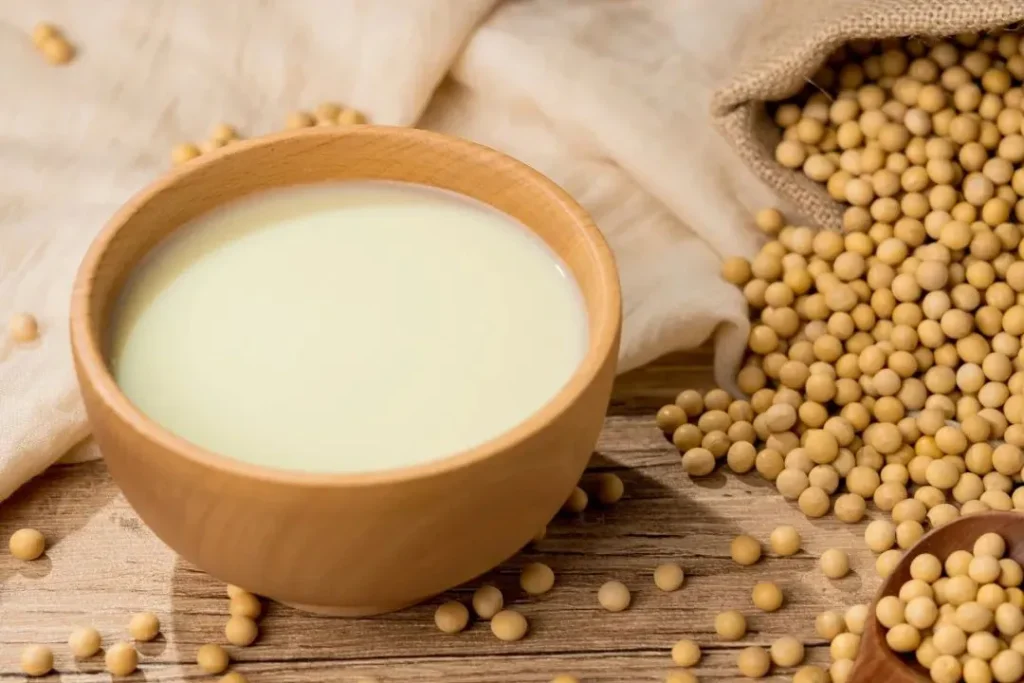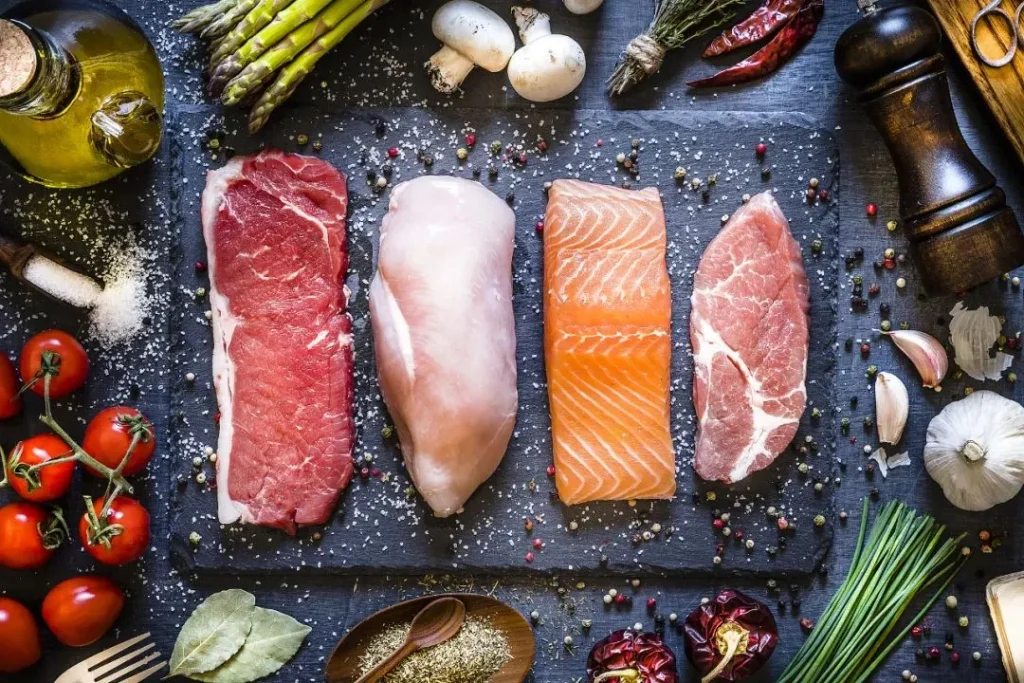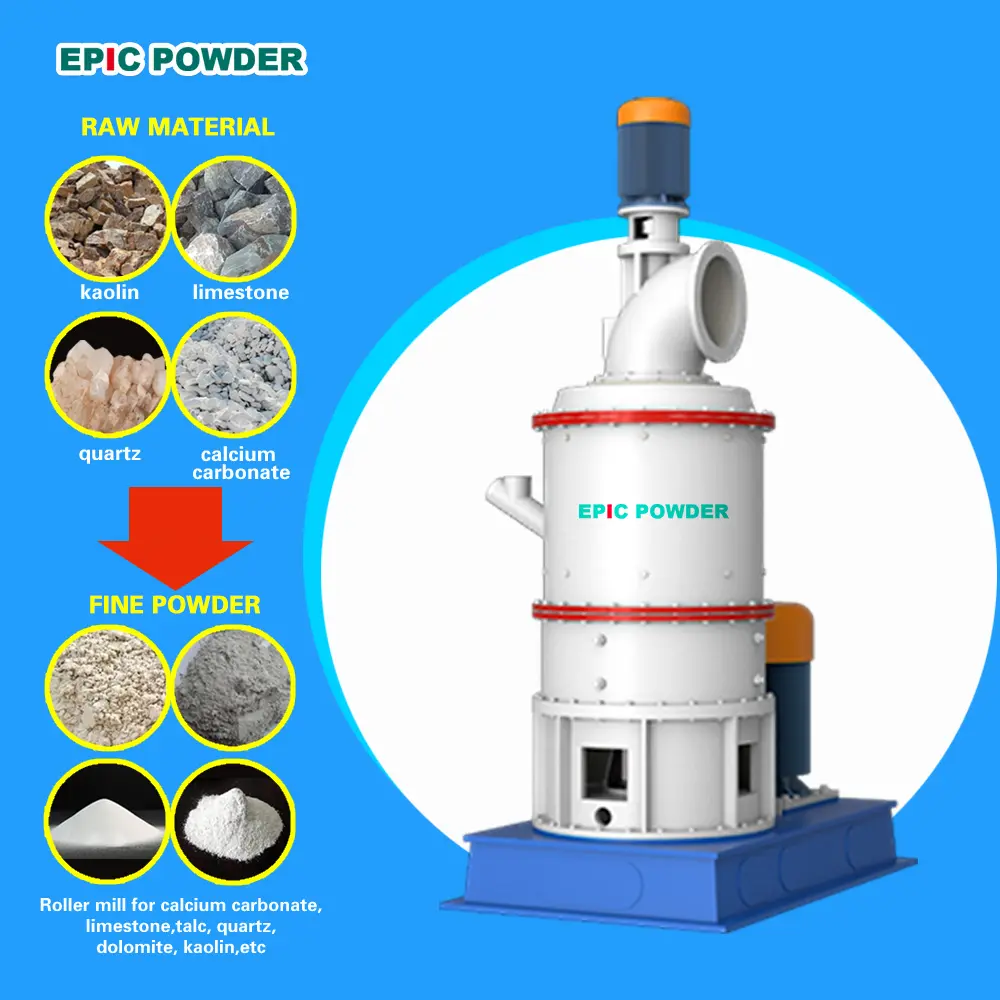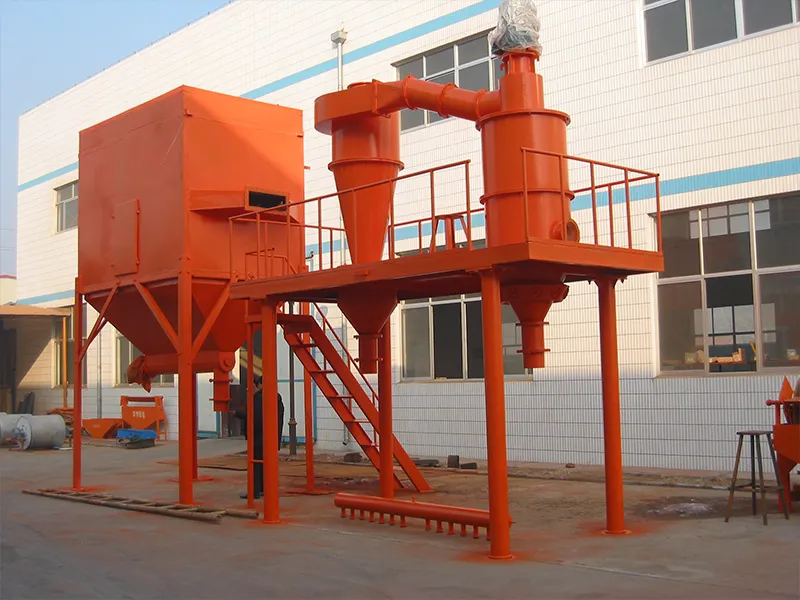When people think of protein, their first thought is often animal-based foods like chicken breast, steak, and boiled eggs.
But did you know? Those seemingly unremarkable soy products, nuts, and whole grains on your table are also excellent sources of protein! If you focus only on meat and fish for protein, you may be missing out on many essential nutrients.
01 How Important Is Protein?
Your muscles, immune cells, digestive enzymes, and even your hair all rely on protein for growth and maintenance. In fact, protein is the cornerstone of life.
The key roles of protein in human health include:
Building Cells and Providing Energy
Protein is an essential building block for body cells and helps repair damaged tissues such as muscles, skin, bones, and hair.
It can also be broken down into amino acids to provide energy, with each gram of protein supplying approximately 4 kilo calories.
Regulating Physiological Functions
Protein plays a vital role in cell signaling, ensuring the coordinated function of different systems in the body.
Some proteins, such as hemoglobin, transport oxygen, nutrients, and metabolic waste.Others, like ferritin, store essential minerals and other important substances.Certain hormones, including insulin and growth hormone, are also proteins that regulate functions like blood sugar levels, growth, and reproduction.
Maintaining Immunity
Protein is essential for the production and function of immune cells, helping maintain the body’s defense system.
The “antibodies” we often hear about are actually proteins that recognize and neutralize pathogens like bacteria and viruses, protecting the body from infections.

02 How Much Protein Do You Need Daily?
For a healthy adult, protein should account for 10% to 15% of total daily energy intake. A person weighing 60 kg with moderate physical activity needs approximately 0.8 to 1 gram of protein per kilogram of body weight.
According to the latest Dietary Reference Intakes (DRIs) in China: Adult women should consume 55 grams of protein per day. Adult men should consume 65 grams per day.
03 The Underrated Power of Plant Protein
When it comes to protein intake, many people immediately think of animal-based foods like beef, lamb, chicken breast, and eggs.
While these foods are indeed rich in protein and have an amino acid composition that closely matches human needs—making them high-quality proteins—there’s another important protein source that shouldn’t be overlooked: plant protein.
On average, 30% to 50% of a healthy adult’s daily protein intake comes from meat, eggs, dairy, and soy-based foods. Notably, soybeans contain 35% to 40% protein with a well-balanced amino acid composition, making them an excellent source of high-quality protein.

The remaining 50% to 70% of protein comes from foods like grains and legumes. For example, cereals contain about 8% protein. While this percentage may seem low, grains serve as staple foods, and their high consumption makes them a significant source of daily protein intake.
04 Choosing Between Plant and Animal Protein
Animal and plant proteins are like skilled martial arts partners—each has its strengths and can compensate for the other’s weaknesses.
Animal protein (from meat, eggs, and dairy) is considered high-quality protein due to its amino acid composition, which is closest to human needs and has the highest absorption and utilization rate. However, animal-based proteins also have drawbacks. Many meats contain high amounts of saturated fat and cholesterol, which, when consumed in excess over time, can increase the risk of chronic diseases such as hyperlipidemia, high cholesterol, and obesity.

Plant protein, on the other hand, contains no cholesterol and significantly lower levels of saturated fat. Additionally, plant-based protein foods are rich in dietary fiber, which plays a vital role in overall health. However, plant protein is not without its limitations—its amino acid profile is often incomplete. For example:
Rice is low in lysine. Soybeans contain less methionine. But when combined (e.g., rice + tofu), their amino acid profiles complement each other, increasing the amino acid utilization rate by 50% compared to rice alone.
Scientific research suggests that a higher intake of plant protein is linked to longer, healthier lives. One study found that:
Middle-aged individuals who consume more plant protein are 46% more likely to enjoy good health in their later years compared to those who consume less.
Conversely, for every 3% increase in energy intake from animal protein, the likelihood of a healthy old age decreases by 6%.Those who consume more plant protein also have lower risks of chronic diseases such as heart disease and reduced overall mortality rates.
In conclusion, protein intake is not a black-and-white choice between plant and animal sources. The smartest approach is to combine both to create a diverse, balanced, and nutritious diet that supports overall health.

Epic Powder Air Classifiers
Producing high-quality protein powder requires precise particle size control to ensure better solubility, digestibility, and functionality. At Epic Powder, our advanced air classifier technology enables efficient and precise classification of protein powders, optimizing their fineness, uniformity, and purity. Whether for soy protein, pea protein, or other plant-based and animal-based protein powders, our high-performance classification systems help manufacturers achieve consistent quality while maintaining maximum nutritional value.
Discover how Epic Powder’s air classifiers can enhance your protein powder production—contact us today!

